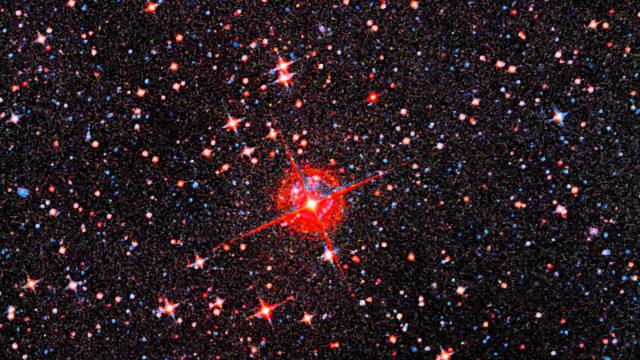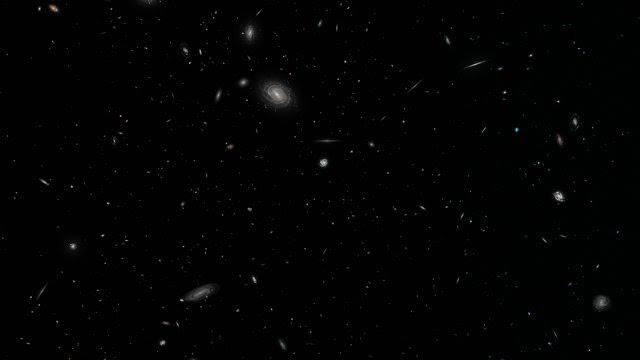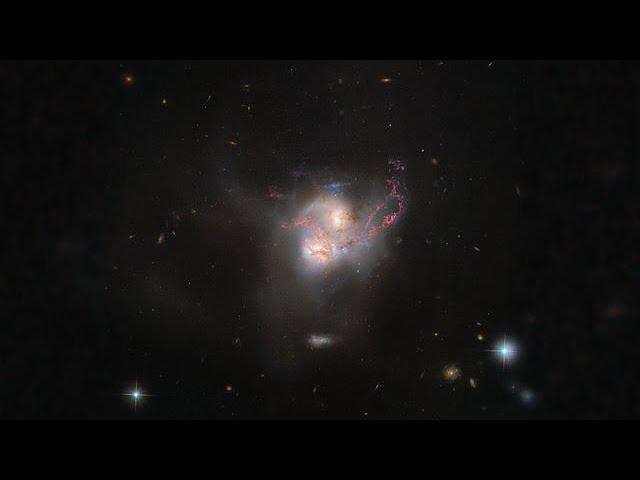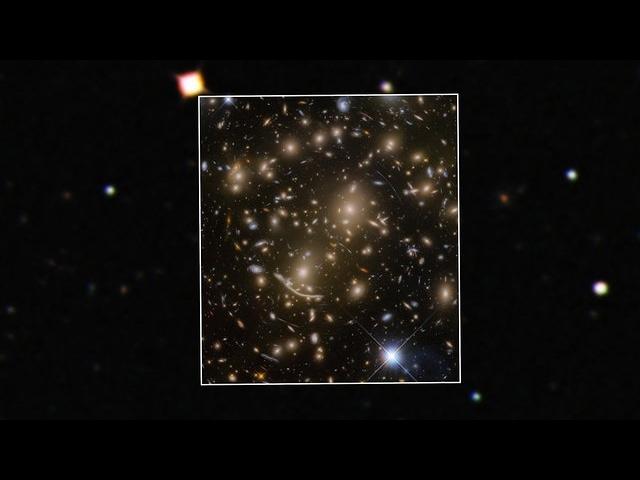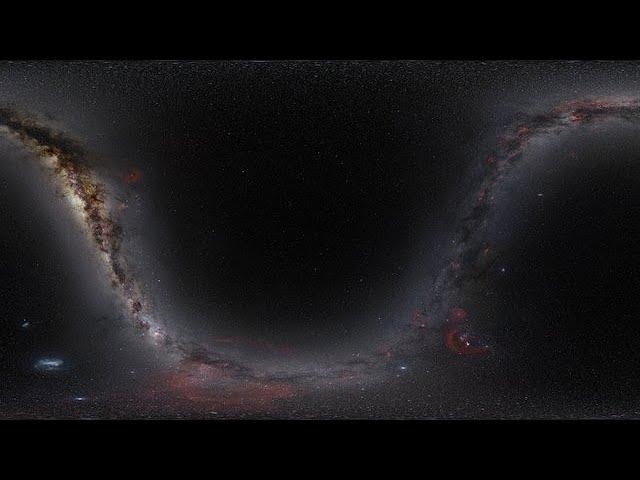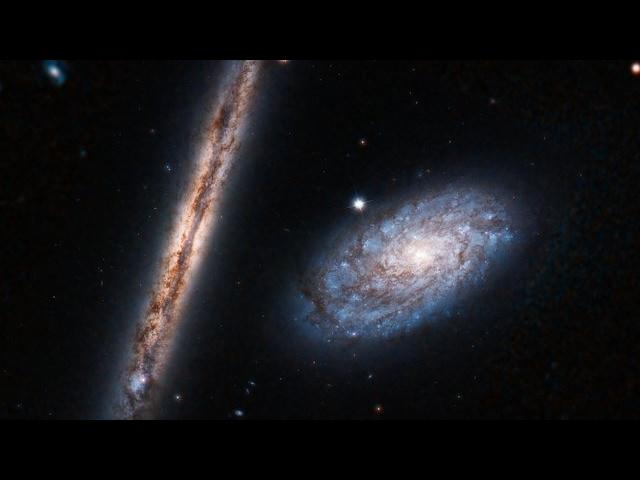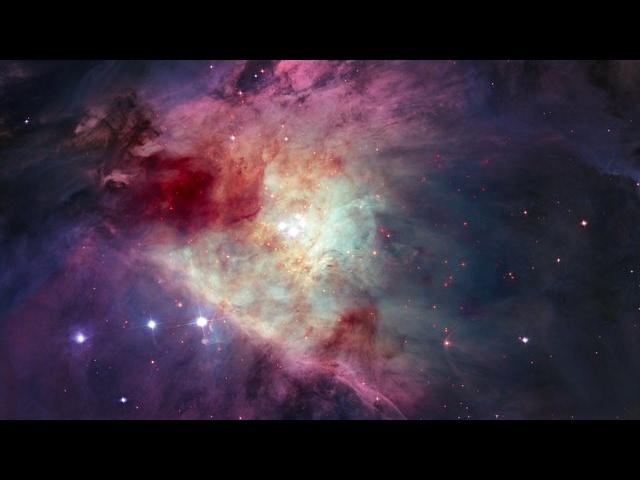Outer Space & Universe
Outer Space & Universe
Space, also known as outer space, is the near-vacuum between celestial bodies. It is where everything (all of the planets, stars, galaxies and other objects) is found.
On Earth, space begins at the Kármán line (100 km above sea level). This is where Earth's atmosphere is said to stop and outer space begins. This is not a firm boundary but is a convention used by scientists and diplomats.
Items in space are free to move back and forth; up and down; and left and right. These three dimensions are what make 3D space. Items also move forward through time, which is sometimes called the fourth dimension.
The majority of space contains very little matter and so most of it is a vacuum. Scientists do not know how big space is but we do know that space is extremely big, and is always expanding.
According to the big bang theory, all matter and energy in the Universe was compressed into a very small space. Then it exploded and started expanding. Space is still growing in size today; this means the distance from one galaxy to distant galaxies is getting longer.
Gravity is the force that keeps the Moon in orbit around the Earth and the planets in orbit around the Sun. Gravity can stretch and bend space similar to how a heavy ball placed on a stretched sheet of rubber will cause the rubber to stretch. The scientist who discovered that space can bend is named Albert Einstein. How gravity bends space is part of his theory of general relativity.
Astronauts, Cosmonauts, Taikonauts and Spationauts
An astronaut is any person who is trained by NASA to travel and perform tasks in space. Although the space traveler may not necessarily be a United States citizen, each astronaut does go through a rigorous training regiment by the National Aeronautics and Space Administration. Other space travelers go by other names then astronaut depending on their country of origin.
In the United States, astronaut is derived from the Greek words ástron (star) and nautis (sailor). While, in Russia, a space traveler goes by the name космонавт (English: cosmonaut), which is derived from the Greek words kosmos (universe) and nautis (sailor). Westerners call a space traveler from China a taikonaut, based on the 1998 writings of Chiew Lee Yik and Chen Lan where the term tàikōng (great emptiness), Chinese for “space”. In China, the term yuháng yuán (universe navigator) is used for space traveler.
Only the United States of America (United States), Russia (earlier, the Union of Soviet Socialist Republics), and the People’s Republic of China (China) have sent manned spacecraft into space. Other countries have assisted these countries by sending their own space travelers on space missions. For instance, a French space traveler is called a spationaut (from the French word spationaute), which is derived from the Latin spatium (space) and Greek nautis (sailor). (plural in Greek nautes = sailors)
-
00:51
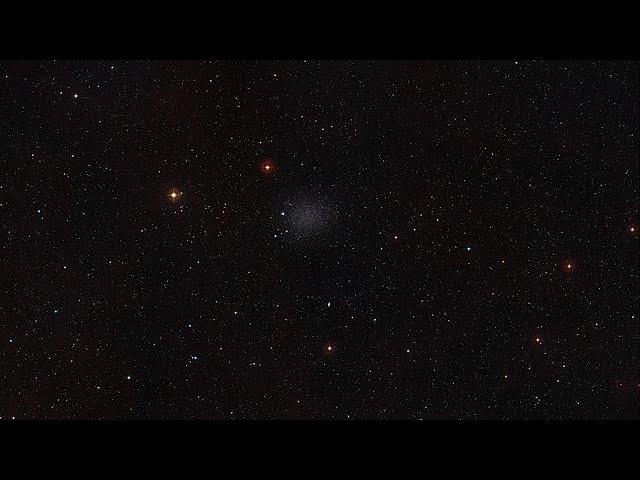
Zoom on a a part of the Sculptor Dwarf Galaxy
Added 565 Views / 0 LikesZoom on a a part of the Sculptor Dwarf Galaxy
-
00:51
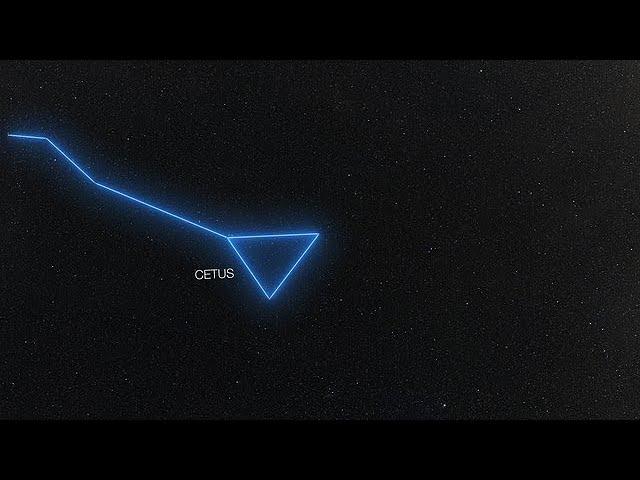
Zoom on Arp 256
Added 628 Views / 0 LikesThis video zooms in on the two interacting spiral galaxies of the ARP 256 system, about 350 million light-years away. It starts with a view of the night sky, focused on the constellation of Cetus (the Sea Monster), as seen from the ground. It then zooms t
-
00:51
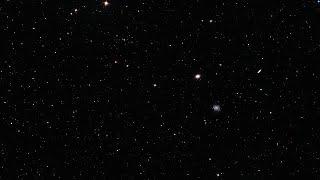
Zoom on NGC 1052-DF2
Added 440 Views / 0 LikesThis video zooms in from a view of the night sky, through the constellation of Cetus (the Whale), to end on the NASA/ESA Hubble Space Telescope observations of the ultra diffuse galaxy NGC 1052-DF2. This is the first galaxy to be found to not have dark ma
-
00:33
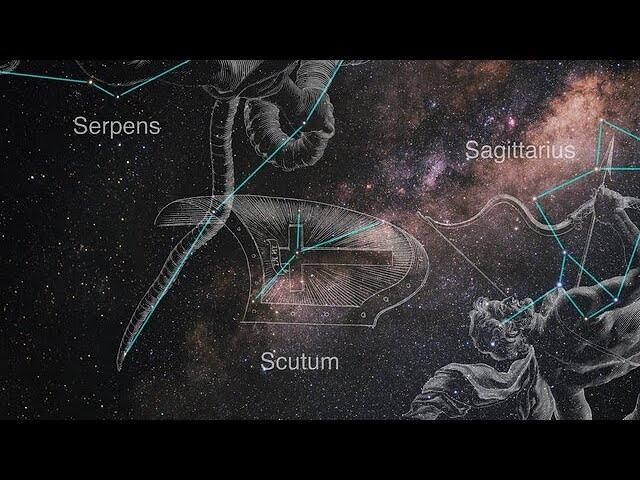
Zoom video (Serpens Nebula)
Added 147 Views / 0 LikesThis zoom-in video shows the relative location of the Serpens Nebula on the sky. It begins with a ground-based photo by the late astrophotographer Akira Fujii, then transitions into a plate from the Digitized Sky Survey. Next, an image from NASA’s Spitzer
-
01:00
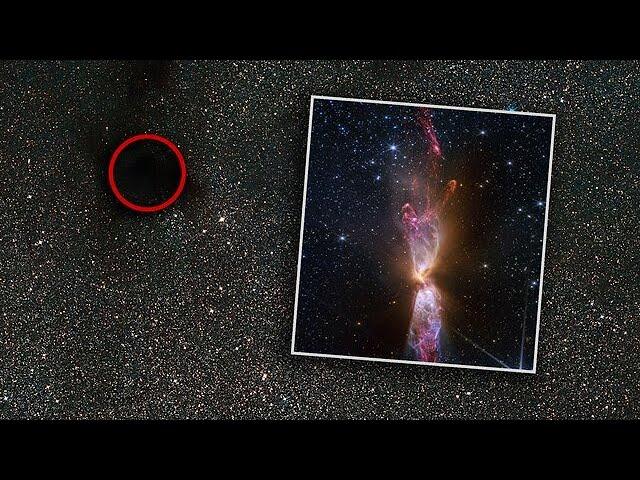
Zoom video: Lynds 483
Added 34 Views / 0 LikesThis video takes the viewer on a journey to the shimmering ejections emitted by two actively forming stars make up Lynds 483 (L483). High-resolution near-infrared light captured by the NASA/ESA/CSA James Webb Space Telescope shows incredible new detail an
-
01:00
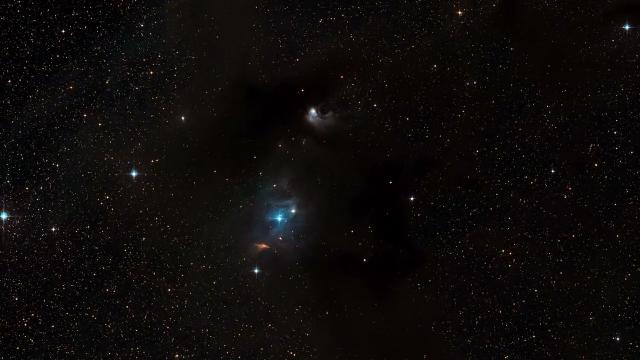
Zoom Video: HH49/50
Added 56 Views / 0 LikesThis video takes the viewer on a journey to Herbig-Haro 49/50, an outflow from a nearby still-forming star, in high-resolution near- and mid-infrared light with the NIRCam and MIRI instruments. The intricate features of the outflow, represented in reddish
-
01:00
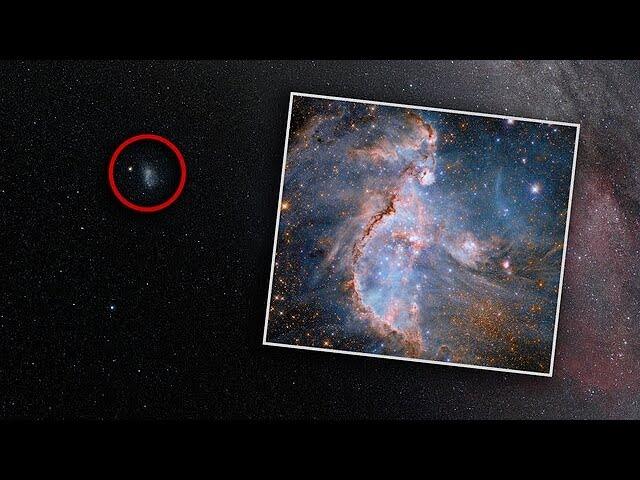
Zoom video: NGC 346
Added 40 Views / 0 LikesThis video takes the viewer on a journey through space to NGC 346, a dazzling young star cluster in the Small Magellanic Cloud. The Small Magellanic Cloud is a satellite galaxy of the Milky Way, located 200 000 light-years away in the constellation Tucana
-
01:30

Zoom video: Sombrero Galaxy
Added 126 Views / 0 LikesThis video takes the viewer on a journey through space to the Sombrero Galaxy, also known as Messier 104 (M104).The NASA/ESA/CSA James Webb Space Telescope recently imaged the Sombrero galaxy with its MIRI (Mid-InfraRed Instrument), resolving the clumpy n
-
00:51
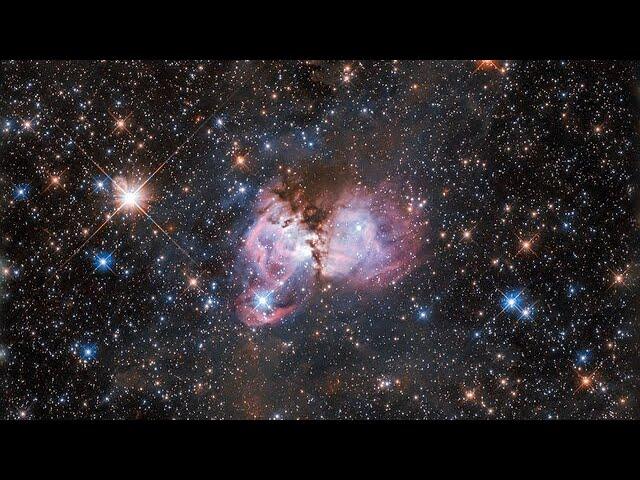
Zoom-in on LHA 120-N150
Added 353 Views / 0 LikesThis video zooms in on the nebula LHA 120-N150. It begins with a view of the night sky focused on the Large Magellanic Cloud, as seen from the ground. It then zooms through observations from the Digitized Sky Survey 2, which show the whole Tarantula Nebul
-
00:51
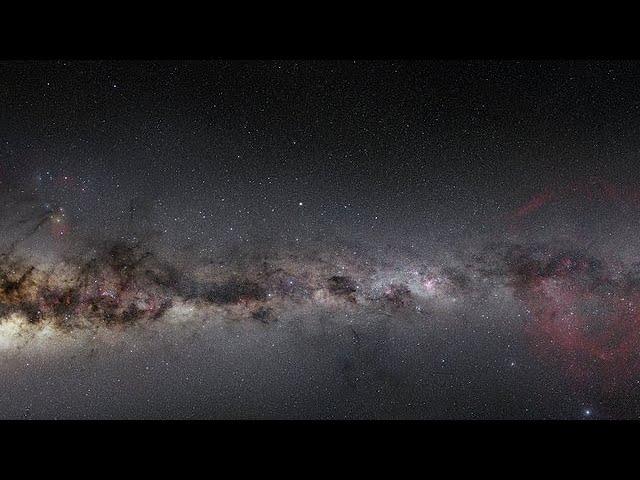
Zoom-in on NGC 3256
Added 448 Views / 0 LikesThis video zooms in on the spiral galaxy NGC 3256, about 100 million light-years away. It starts with a view of the night sky focused on the constellation of Vela (The Sails), as seen from the ground. It then zooms through observations from the Digitized
-
00:51
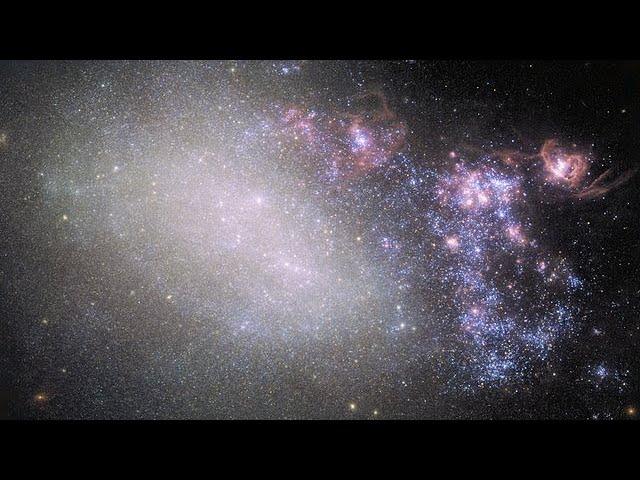
Zoom-in on NGC 4485
Added 441 Views / 0 LikesThis video zooms in on the irregular galaxy NGC 4485, about 30 million light-years away. It starts with a view of the night sky focused on the constellation of Canes Venatici (The Hunting Dogs), as seen from the ground. It then zooms through observations
-
00:51
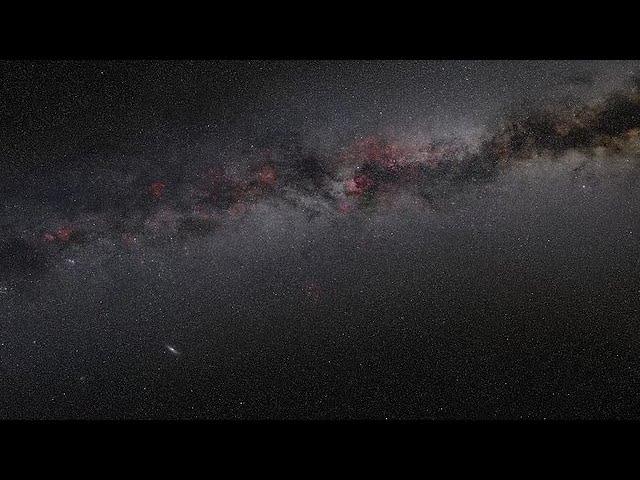
Zoom-in on the Ghost Nebula
Added 625 Views / 0 LikesThis video zooms in on the emission and reflection nebula IC 63 — nicknamed the Ghost Nebula — about 550 light-years away. It starts with a view of the night sky as seen from the ground. It then zooms through observations from the Digitized Sky Survey 2,
-
01:00
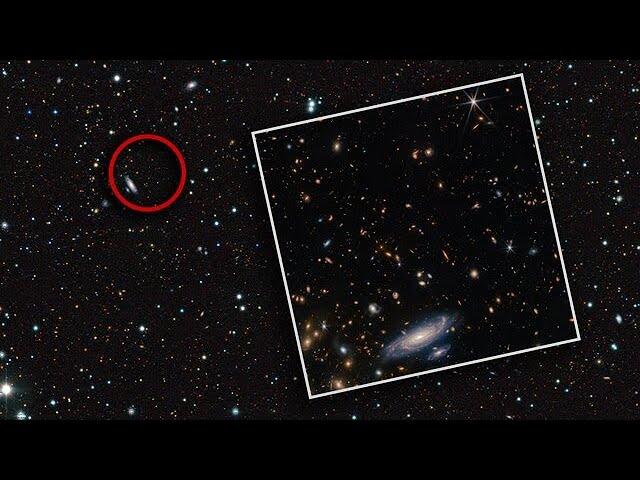
Zoom: A Spiral Amongst Thousands
Added 156 Views / 0 LikesThis video takes the viewers on a journey into the field of stars and galaxies surrounding the spiral galaxy LEDA 2046648. Webb’s NIRCam instrument has picked out a profusion of smaller, more distant galaxies and bright stars around this galaxy, demonstra

